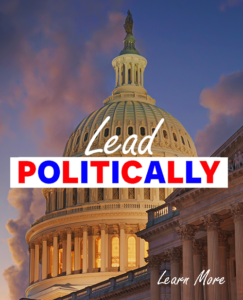Politics
Armenia Politics
This page explores Armenia’s political structure incorporating real-time RSS feed news and videos. By harnessing the power of RSS feeds, visitors can stay informed about the latest developments in Armenia’s politics as they happen. The dynamic nature of these feeds ensures that users receive up-to-the-minute updates on political events, policy changes, and significant milestones, enabling them to stay abreast of the ever-evolving political scene.

Nikol Pashinyan
16th Prime Minister of Armenia
Incumbent
Assumed office
8 May 2018
Image credit
Armenia operates under a semi-presidential republic political structure. The President of Armenia is the head of state and is elected by popular vote for a maximum of two consecutive terms. The President has ceremonial duties and represents the country internationally. The executive power lies with the Prime Minister, who is appointed by the President but requires confirmation from the National Assembly, Armenia’s legislative body. The Prime Minister is the head of government and holds significant executive authority, responsible for implementing policies and leading the administration.
The National Assembly is a unicameral parliament in Armenia, consisting of 132 members who are elected through a proportional representation system. The National Assembly is responsible for enacting laws, approving the national budget, and exercising legislative oversight over the executive branch. The political landscape in Armenia is characterized by a multi-party system, with various political parties competing for seats in the National Assembly.
Armenia also has an independent judiciary, responsible for interpreting and applying the law. The judiciary operates independently from the executive branch and is responsible for upholding the rule of law and protecting citizens’ rights. The Constitutional Court is the highest judicial authority in Armenia and plays a crucial role in ensuring the constitutionality of laws and resolving constitutional disputes. Overall, Armenia’s political structure provides for a division of powers between the President, Prime Minister, and the National Assembly. The combination of a semi-presidential system, a multi-party parliament, and an independent judiciary helps maintain checks and balances, foster democratic governance, and protect the rule of law in Armenia.



